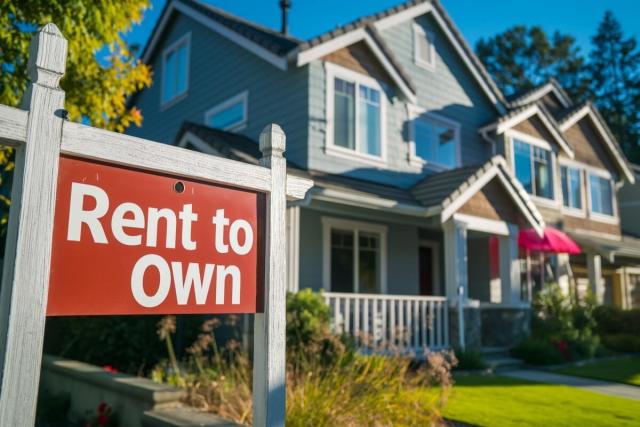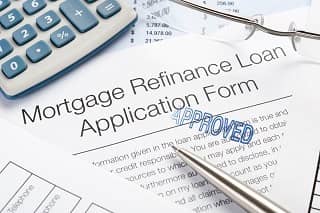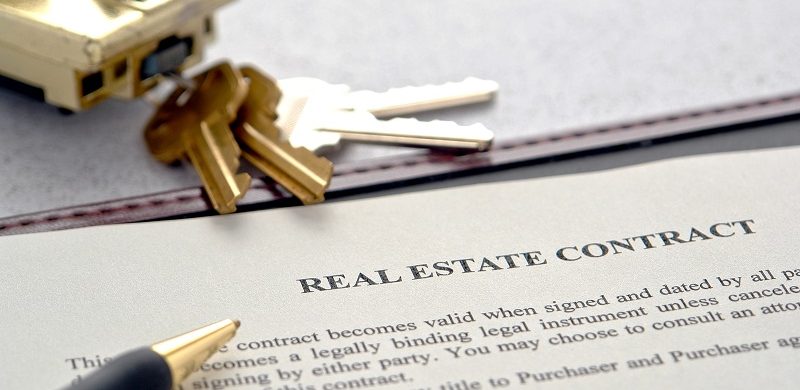The Truth About: ARM Loans

If you say "mortgage", most people thinking of a fixed rate, long-term loan. While that's certainly the most popular variety, it's not the only home loan in town. For some asipiring homeowners, an adjustable rate mortgage might be a better option.
Adjustable-rate mortgages (ARMs) often appeal to homebuyers due to their initially low interest rates. But all good things come to an end and you can get a nasty shock when the rate adjusts and your monthly payments increase; often dramatically.
So it's crucial to understand the overall pros and cons of ARMs and how they work.
How does an adjustable-rate mortgage work?
An ARM loan is a 30-year adjustable-rate mortgage that has an inital fixed interest rate period - three, five and seven years are particularily popular. Once the period ends, the interest rates adjusts each year (or possibly six months) after that. For example: a 5/6 ARM, has a fixed interest rate for the first five years, then adjusts every 6 months for the rest of the loan term (usually totalling in 30 years).
When the adjustment occurs, the interest that accrues on your loan is recalculated based on your principal balance and new rate. Your new monthly payment can rise or fall along with the current market interest rate or interest rate indicated in your initial documentation.
With each adjustment of your interest rate, the payment will adjust again, and the process will repeat each year until the loan is repaid OR your refinance.
The rates on these loans are often tied to either the yield on one-year Treasury bills, the 11th District cost of funds index (COFI) or an index called the Secured Overnight Financing Rate (SOFR).
The rate you pay will be the rate of the index at the time of the reset, plus a stated margin. For example, at the end of May 2022, SOFR was 1.05%. A year later, it was hovering at 5.5%. If the margin is 2 percentage points, the loan rate would have started at 3.05% (or 2+1.05) and risen to 7.5%.
How ARM rates are set up
To better understand how ARM loans are adjusted, you need to know a few terms:
- Initial adjustment cap: The maximum amount the rate can increase the first time it is adjusted.
- Subsequent adjustment cap: the maximum amount the rate can increase at each adjustment.
- Lifetime adjustment cap: The maximum amount the rate can increase during the loan term (the total number of years it will take to pay off the loan).
For example, a 5-year ARM typically has:
- An initial adjustment cap of two percentage points.
- A subsequent adjustment cap of one percentage point.
- A lifetime adjustment cap of five percentage points.
For example, let's say the introductory rate was 5% with *typical* terms for a 5 year ARM:
- The interest rate could go up as high as 7% after the first adjustment at the 61st month. (inital rate of 5% + the 2 percentage point cap = 7%)
- The rate could go as high as 8% at the second adjustment six months later. (the 7% rate + the 1 percentage point cap = 8%)
- Eventually, the rate could reach a maximum of 10%. (the inital rate of 5% + 5 percentage points in the lifetime cap = 10%). This would be absolute worst case scenario, but that doesn't mean that it can't happen. It's also possible that interest rates fall.
When rates adjust, they don't always go up. They can go down in the initial or subsequent adjustments. And they don't necessarily go up or down the maximum amount either. For example, the rate could rise or fall one percentage point in the initial adjustment instead of the maximum of two percentage points.
When considering an ARM loan, check the caps the calculate how much your monthly mortgage payment could increase. Would you be able to afford the mortgage payment if the interest rate rose to the cap? It's likely that you will either sell the home or refinance before hitting that point, but it's always a good question to ask yourself. Life has a way of disrupting your plans.
Pros of an Adjustable-rate Mortgage
Cons of an Adjustable-rate Mortgage
Monthly payments might increase: The biggest disadvantage of an ARM is the likelihood of your rate going up. If rates have risen since you took out the loan, your payments will increase when the loan resets or you are out of the "fixed" period. Often there's a cap on the rate increase, but it can still sting - especially if you're not prepared for a higher monthly payment.
Need a plan for resets: If you intend to keep the mortgage past the first rate reset, you'll need to plan how you'll afford a higher mohthly payment long-term (in the event interest rates go up during your "fixed" period). If you end up with an unaffordable payment, you could default, harm your credit and ultimately forclose on the property.
Key Takeaways:
Adjustable rate-mortgages can be advantages in a few different situations.
One is when you don't intend to stay in the home for a long time (or a time longer that the "fixed" period of the ARM). For example, if you know you're only going to live somewhere for five years, you might opt for a 5/6 ARM, with a lower rate and monthly payments for the five years you plan to live there and either sell or refinance before the first rate reset.
Borrowers early in their careers who know they'll earn more over time might also benefit from the initial savings with an ARM. Ideally, your rising income would offset the monthly payments.
I am not a mortgage professional. It's extremely important to not only work closely with a mortgage professinal but one that is knowlegable and experienced in the pros and cons to ARM loans and how they can effect you as a borrower.
Categories
Recent Posts










GET MORE INFORMATION

